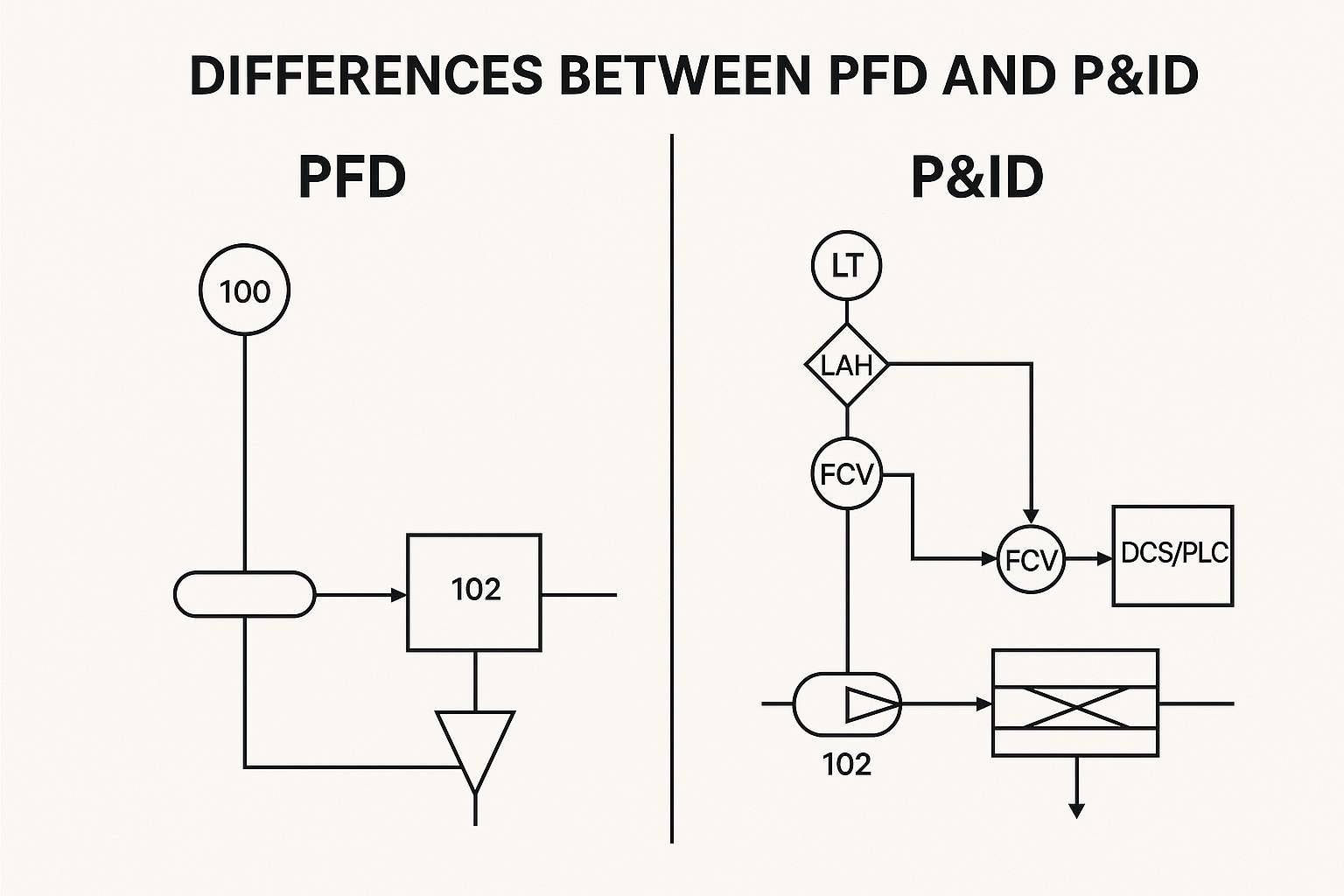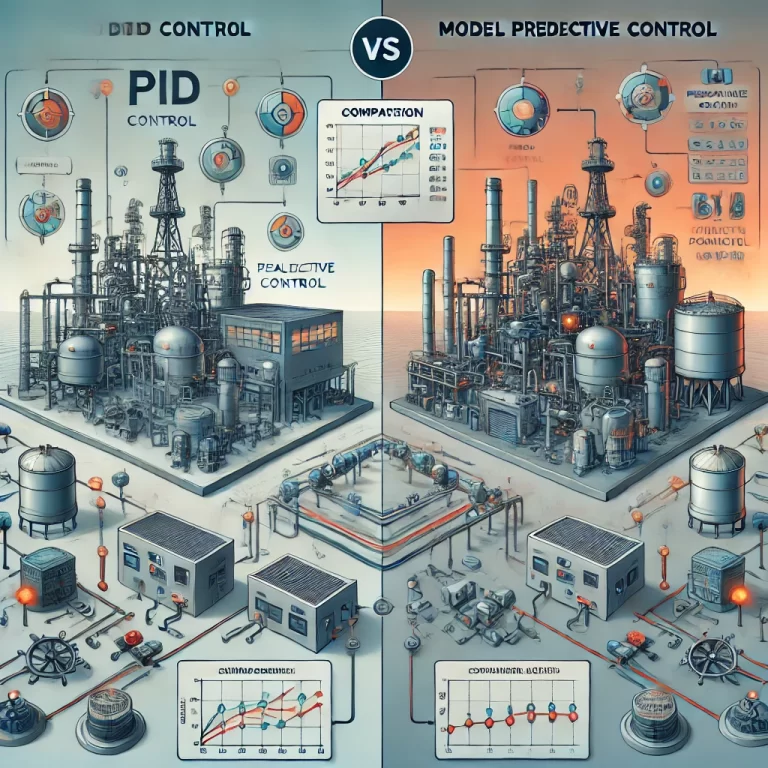Abstract: Control optimization is often misinterpreted as nothing more than PID tuning and switching control loops from manual to automatic. However, this oversimplification overlooks the broader engineering goal: to enhance automation, reduce manual interventions and process alarms, and ultimately improve plant safety and efficiency. This article outlines five key categories of control optimization and provides engineering insights into effective project implementation.

1. Introduction: Rethinking Control Optimization Control optimization is not limited to parameter tuning. Its real purpose is to reduce operational burdens and increase automation maturity. A successful control optimization initiative should result in fewer operator actions, reduced alarms, smoother plant performance, and measurable economic benefits.
2. Core Objectives of Control Optimization
Enhance automation levels
Minimize manual interventions
Reduce process alarms and operation fatigue
Improve plant safety and energy efficiency

3. Classification of Control Optimization Approaches Control optimization activities can be grouped into two major directions:
“Missing, Add It” (Add what is lacking): When frequent operator actions are not yet automated, new control logic or sequences need to be developed.
“Faulty, Fix It” (Improve what exists): When existing control schemes underperform or are misconfigured, corrections or redesigns are required.
These directions yield five practical categories:
Category 1: PID Parameter Tuning
Use case: When a loop already exists with strong process-variable-to-actuator causality, but performance is poor due to improper PID parameters.
Solution: Apply tuning methods such as Lambda tuning to balance responsiveness and robustness.
Category 2: Structural Enhancements
Use case: Existing feedback control loops are insufficient.
Solution: Implement cascade control, feedforward-feedback combinations, or decoupling strategies to improve disturbance rejection and system response.
Category 3: Control Scheme Corrections
Use case: Configuration errors (e.g., incorrect gain direction, signal range) or flawed variable pairing prevent loop operation.
Solution: Review and reassign control pairs, correct signal scaling, or re-engineer the control logic.
Category 4: Solution Deficiencies
Use case: Operational problems are well-known but no automatic control solution is in place.
Solution: Design the most cost-effective solution based on a combination of control strategy, sequence logic, or management measures.
Category 5: Free Degree Optimization
Use case: After achieving stable control, optimization seeks to exploit remaining degrees of freedom.
Solution: Push the system toward energy savings, constraint tracking, or boundary operation for economic benefits.

4. Practical Considerations in Project Execution
Simplicity first: Always prioritize the simplest and most robust control tool that satisfies the performance requirement.
Knowledge transfer: Embed operator training and documentation as part of implementation.
Avoid vanity metrics: Focusing solely on control rate or smoothness rate may overlook missing key control loops.
Contract structuring: Charging by loop count can lead to supplier cherry-picking; performance-based pricing is preferred.
Implementation depth: Complex problems require experienced engineers—not just templates or tools.

5. Conclusion Control optimization is part engineering, part craft. Its success depends less on company size and more on the implementer’s competence. While PID tuning is important, true improvement lies in building intelligent, resilient, and efficient control systems tailored to the specific plant process.
